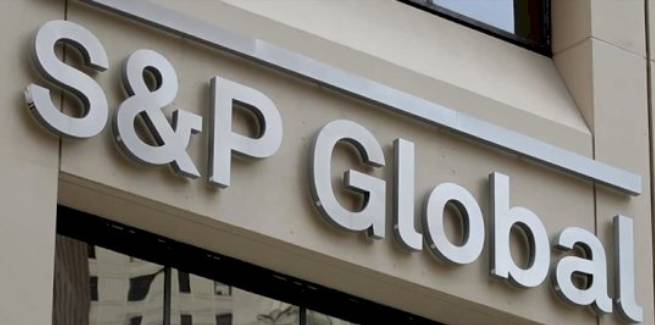In a new analysis, S&P Global Ratings has reported that it is forecasting an 85 bps increase in credit losses across the Australian banking sector’s loan portfolio in the 2020 financial year (FY20) off the back of the economic fallout from the COVID-19 pandemic.
The 85 bps increase, which is expected to moderate to 50 bps in 2021, amounts to approximately $29 billion in gross loans, nearly six times higher than the historic low in FY19.
According to S&P, much of the deterioration in credit quality would come after social distancing measures have been lifted, adding that borrowers would enter hardship in the absence of fiscal support and loan relief measures.
“We expect that a number of businesses and households are likely to struggle to meet their financial obligations once the restrictions to contain the coronavirus outbreak are lifted, when the moratorium on debt servicing ends, and the government reduces fiscal support,” S&P noted.
S&P’s forecasts follow announcements from both NAB and Westpac relating to material increases in credit provisioning.
In its 1H20 financial results, NAB reported a 156.8 per cent increase in credit impairment charges, from $449 million to $1.16 billion.
Meanwhile, Westpac is expecting its impairment charges to total $2.2 billion in 1H20, over 70 per cent ($1.6 billion) of which relate to additional charges associated with the impact of the COVID-19 crisis.
House prices to fall 10%
S&P has also reported that it is expecting weak economic conditions and restrictions on property transactions to trigger a 10 per cent slide in house prices over the coming months before stabilising in 2021.
“In the short term, restrictions on auctions and inspections are likely to curtail the volume of home sales,” the ratings agency added.
“In addition, we expect that demand for housing will not be as buoyant as in the past several years as immigration will likely remain non-existent for some time due to travel restrictions.”
However, the ratings agency is expecting government stimulus and loan repayment holidays to “reduce the severity in home price falls”.
S&P added that “immigration-driven population growth”, subdued construction activity and low interest rates would help spur a rebound in house prices once the crisis abates.
Outlook turns negative but banks to hold firm
As a result of its projections for the operating environment, S&P has revised the economic risk trend for banks operating in Australia from “stable” to “negative” but has left the Banking Industry Country Risk Assessment (BICRA) rating unchanged.
“We consider that there is a one-in-three likelihood in the next two years that we assess the economic risk score as having worsened by one category within our BICRA for Australia,” the ratings agency stated.
“This could occur if we foresee the economic downturn – or its impact on the banking sector – becoming significantly more prolonged or severe than our current forecasts.”
In the meantime, S&P is expecting the sector, particularly the major banks, to withstand current headwinds, stating that they are well placed to absorb credit loss and asset quality deterioration.
“Australia’s major banks retain sizeable headroom within their earnings to absorb our forecast increase in credit losses in conjunction with a large contraction in interest spreads and fee income,” S&P noted.
“Furthermore, we expect that the major Australian banks would take actions to increase the absolute amount of capital they hold – by cutting dividend payments and issuing new capital – to maintain their regulatory capital ratios, which would be otherwise weakened due to credit transitions within the banks’ internal ratings-based capital models.”
Banks have already taken steps to raise additional capital and build a buffer against emerging risks.
NAB recently completed the first phase of a $3.5-billion capital raise, with its peers expected to follow suit.
[Related: Westpac pencils in $1.6bn in new impairments]
 ;
;
